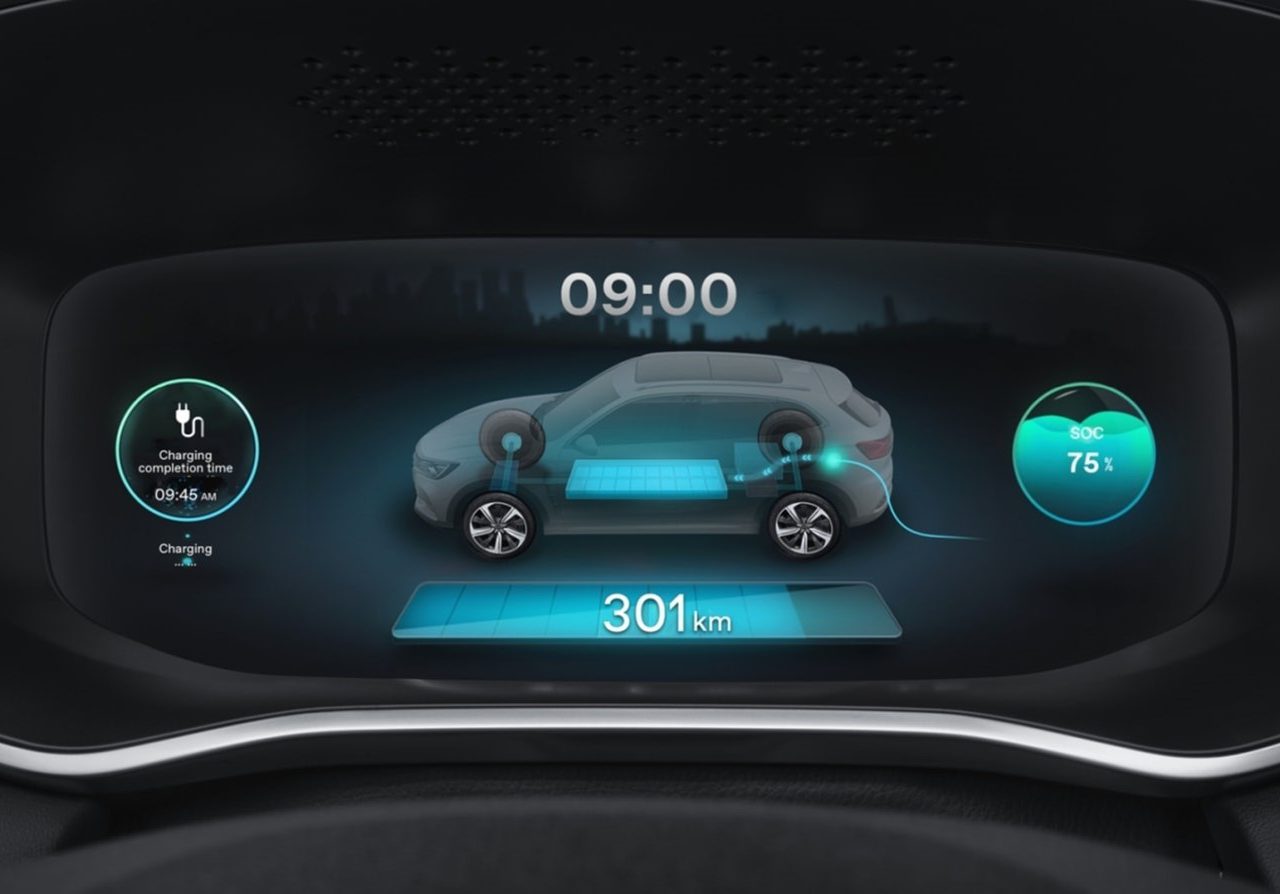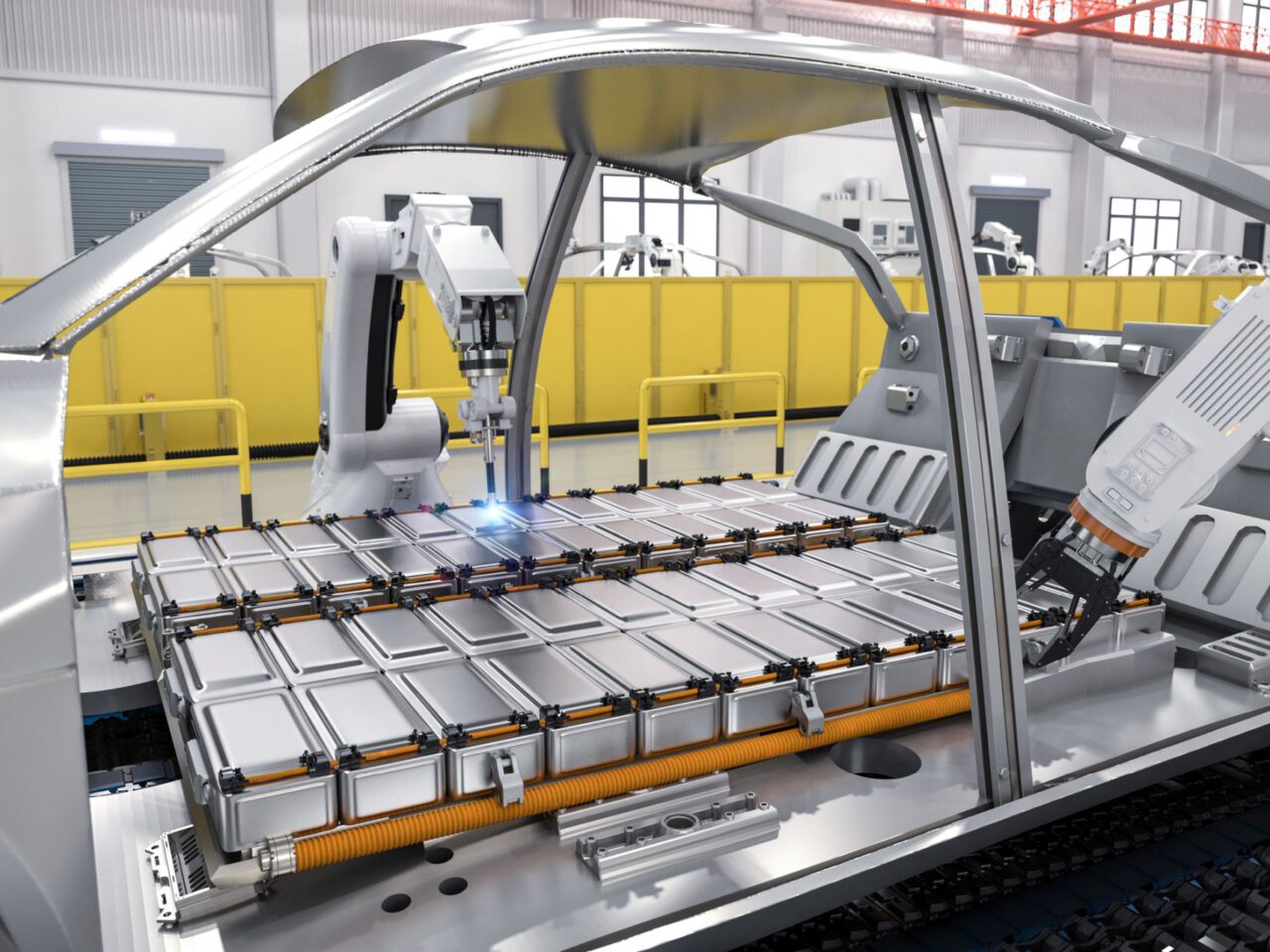What is the environmental impact of electric car production?
Raw materials and environmental impact
Electric car production requires a significant amount of raw materials, such as metals, chemicals and rare earths. These materials are needed to manufacture components such as batteries, electric motors and electronics systems.
Lithium and cobalt
Lithium and cobalt, as well as nickel, manganese and graphite, are key materials used in the production of lithium-ion batteries, the most common batteries used in electric cars. The extraction of these resources can cause environmental problems, such as water and air pollution, soil erosion and loss of biodiversity. Moreover, there are also ethical issues associated with cobalt mining, as much of the world’s cobalt supply comes from the Democratic Republic of Congo, where child labor and dangerous working conditions are often prevalent.
Rare earth metals
Rare earth metals such as neodymium, dysprosium, terbium and praseodymium are used in the production of electric motors and other electronics systems of electric cars. Mining these metals also impacts the environment because of radioactive waste and toxic chemicals that can be released into the environment. China is the leading producer of rare earths, and the negative environmental impact of mining has led to stricter regulations and restrictions on production.
Impact on ground and drinking water
The impact of extracting raw materials for the production of batteries for electric cars can have a negative impact on surface water and drinking water, with possible consequences for both the environment and local people. The impact depends on the specific raw materials and the methods used to extract them.
The extraction process of lithium extracted from salt flats requires huge amounts of water to extract the lithium from the salt solutions. This can lower groundwater levels and affect water availability for agriculture and drinking water in surrounding communities.
The mining and processing of cobalt, nickel and graphite can release heavy metals and chemicals into the environment via wastewater. As a result, substances such as arsenic, cadmium, lead, sulfuric acid and cyanide have been found in surface water and groundwater, which can lead to health risks for people and animals that depend on these water sources.
The mining and processing of graphite, which is used as the anode in lithium-ion batteries, can release particulate matter and chemicals that enter the environment via wastewater. This can lead to the pollution of surface water and groundwater, with negative effects on water quality and aquatic life.
To reduce the negative impact of battery raw material extraction on surface water and drinking water, it is important to invest in more sustainable and environmentally friendly extraction techniques and to promote battery recycling. In addition, strict environmental legislation and international cooperation can help improve the environmental performance of resource extraction and reduce the impact on water resources worldwide.
Production processes and energy consumption
Electric car production is an energy-intensive process that requires significant amounts of electricity and other resources. This can contribute to the overall environmental impact of electric car production.
The production of lithium-ion batteries for electric cars is an energy-intensive process that requires a lot of electricity. Estimates suggest that the production of batteries for an electric car may even account for as much as 30% of the car’s total CO2 emissions during its entire lifetime. In addition, the chemical processes used in battery production can lead to emissions of the very potent greenhouse gas sulfur hexafluoride.
Energy sources and CO2 emissions
The CO2 emissions associated with the production of electric cars depend heavily on the energy sources used during the manufacturing process. If the electricity used to produce electric cars comes from fossil fuels, such as coal or natural gas, the environmental impact can be significantly greater than if renewable energy sources are used. This highlights the importance of further developing and implementing clean energy solutions, such as solar and wind power, to reduce the environmental impact of electric car production.

Recycling and reuse of materials
Recycling and reusing materials used in electric cars, such as batteries and rare earths, can help reduce the environmental impact of production.
Battery Recycling
Recycling lithium-ion batteries can help reduce the demand for new raw materials and reduce the environmental impact of mining. In addition, batteries that are no longer suitable for use in electric cars can, in some cases, be reused for other applications, such as stationary energy storage. This can extend battery life and reduce overall environmental impact.
Recycling of rare earths
The reuse and recycling of rare earths can help reduce the demand for new raw materials and reduce the environmental impact of mining. However, this is a complex and technically challenging process and much research and development is still needed to develop effective recycling methods.
Comparison with traditional vehicles
To fully understand the environmental impact of electric car production, it is useful to compare it with the production of traditional gasoline and diesel cars. While the production of electric cars may consume more energy and generate more CO2 emissions, there are also aspects of the production of traditional cars that can cause significant environmental damage.
Production of internal combustion engines
The production of internal combustion engines used in traditional gasoline and diesel cars also requires the extraction of raw materials and energy-intensive manufacturing processes. In addition, there are environmental problems associated with the production and use of fossil fuels, such as air pollution, water pollution and greenhouse gas emissions.
Catalytic converters and exhaust systems
The production of catalytic converters and exhaust systems, which are used to reduce harmful emissions from internal combustion engines, also requires the use of rare and precious metals, such as platinum, palladium and rhodium. The mining of these metals can cause environmental damage similar to the environmental effects of mining metals used in electric cars.
The role of policy and regulation
To effectively manage and reduce the environmental impact of electric car manufacturing, it is important that policymakers and regulators be involved in setting standards and guidelines for the industry.
Emission standards and vehicle certification
Setting emission standards and certification requirements for electric cars can encourage manufacturers to develop and implement more environmentally friendly production methods and technologies. This can help reduce the environmental impact of electric car production and ensure that these vehicles meet the expectations of consumers and policymakers.
Incentives for sustainable production
Government agencies can also offer financial and other incentives to automakers to develop and implement sustainable production methods and technologies. This can help lower the production cost of electric cars and encourage the industry to seek more environmentally friendly solutions.
well to wheel
In order to be able to compare the indirect emissions of electric cars with those of petrol and diesel cars, the total emissions of all processes together are often looked at. So not only the emissions during driving, but also during the production of the car, the production of fuels/electricity, the emissions during the driving, transport work and everything in between.
The total emissions of all these factors added together are also known as ‘well-to-wheel emissions’ (WTW). Studies by TNO and Milieu Centraal, among others, show that the WTW emissions of an electric car are 30 to 40% lower than those of a gasoline or diesel car.

Technological development
Innovation and technological advances play a crucial role in reducing the environmental impact of electric car production. Promising developments are underway that can help reduce the carbon footprint of car and battery plants.
Solid-state batteries
A promising technology under development is solid-state batteries. These use solid electrolyte instead of liquid electrolyte as in the massively used lithium-ion batteries. The advantage of solid-state batteries is that they can be made significantly lighter, safer and more efficient than traditional lithium-ion batteries. At the same time, they are less dependent on scarce and environmentally damaging raw materials, such as cobalt. Thus, the adoption of solid-state batteries can help reduce the environmental impact of electric car production.
Alternative materials
Research and development of alternative materials also help reduce the environmental impact of electric car production. Consider the use of biomaterials, which again can reduce dependence on non-renewable resources and reduce CO2 emissions during the production process.
More energy-efficient production methods
By investing in research and development of more energy-efficient production methods, manufacturers can further reduce the environmental impact of electric car production. This may include developing advanced manufacturing techniques and using smart technologies, such as artificial intelligence and robotics, to promote energy efficiency and waste reduction in the production process.

Conclusion
The production of electric cars has an undeniable environmental impact, ranging from the extraction of raw materials to the large amounts of energy required for the manufacturing process. It is important to consider this impact when assessing the overall environmental friendliness of electric cars.
However, advances in recycling and manufacturing technologies and the use of renewable energy sources can significantly reduce the environmental impact of electric car production. Moreover, given the benefits of electric cars in terms of in-use emissions, they play a major role in further reducing greenhouse gas emissions.
Despite the fact that the production of electric cars (including the batteries) requires more energy and emits more CO2 than the production of traditional gasoline and diesel cars, the overall environmental impact of electric cars over their lifetime is lower. This is mainly due to lower emissions (direct or indirect per kilometer) and lower energy consumption while driving. By comparison, 1 liter of gasoline is equivalent to about 9 kWh.
In addition to technological and policy solutions, consumer awareness and behavior also play a role. Increasing awareness of the environmental impact of electric car production can help consumers make informed choices when purchasing a car. This can include promoting transparency by automakers and providing information on the carbon footprint of their vehicles during production and use.

